Petzl RocTrip 2014 Video
Info
visitmeteora.travel
meteora-greece.com
Accommodation
ziogasrooms.com
thaliarooms.gr
hotelkastraki.gr
hotel-adrachti.com
Camping
campingkastraki.gr
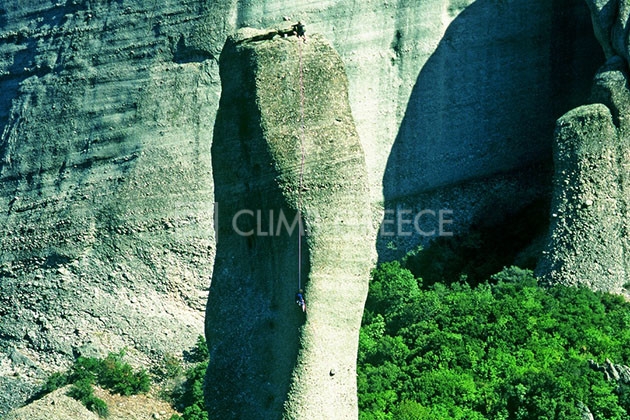
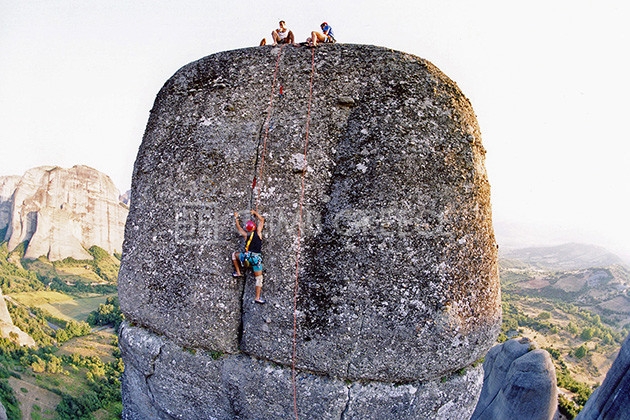
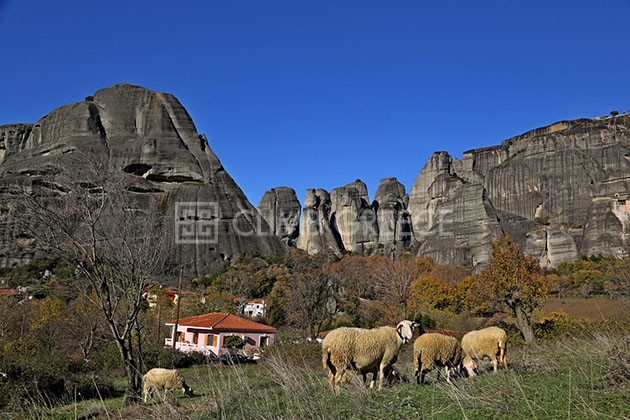

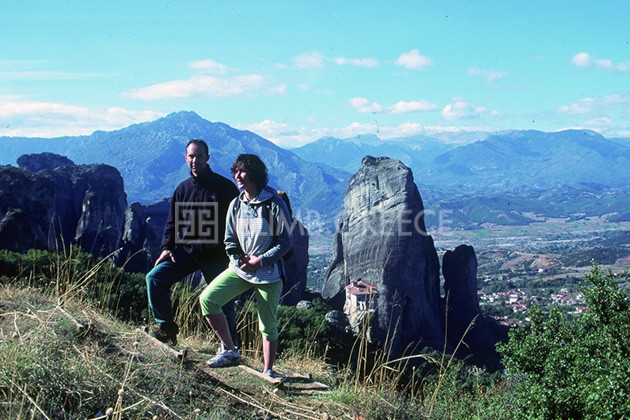
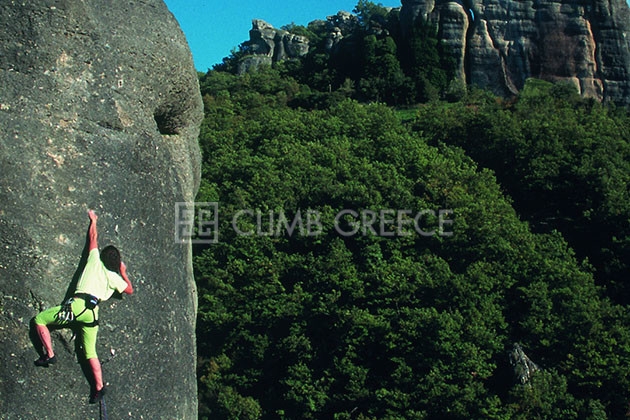
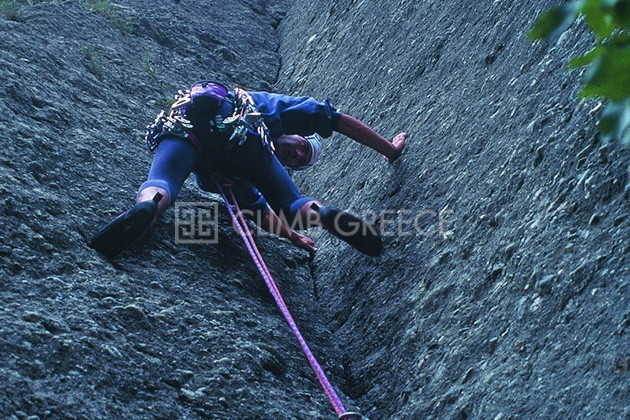
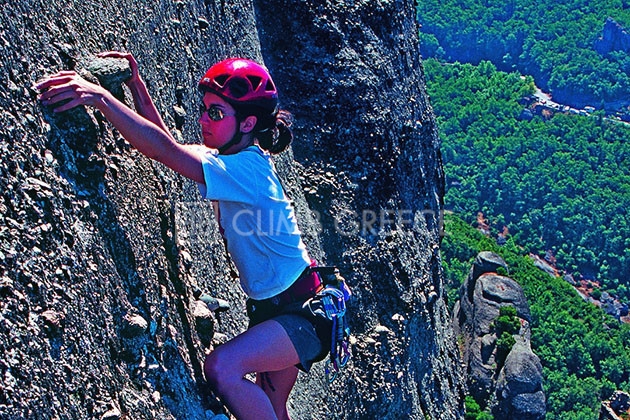
Meteora (pronounced meh-TEH-o-ra) is an intriguing place. The word metéora means ‘suspended in the air’, for this cluster of massive rock towers rises from the verdant plain of Thessaly in an almost mysterious and magical manner. The conglomerate towers, which overlook the village of Kastràki and the town of Kalabàka, feature nearly 800 single- and multi-pitch routes on towers, pinnacles and pillars. In contrast with ‘ordinary’ sport climbing, the peculiar nature of the rock, the otherworldly surroundings, and the ending of each route on a summit truly make climbing at Meteora a singular experience. The first people to climb these majestic towers were hermits sometime in the 11th or 12th century, who sought answers to their existential quest on these summits between earth and sky. The unusual and primitive beauty of the rocky valley has always attracted humans like an invisible magnet.
Meteora is a UNESCO World Heritage Site and the wider region belongs to the Natura 2000 environmental network of protected areas.
Geology: The characterful conglomerates of Meteora were laid down as far back as 60 million years ago. The materials were deposited at the border of the Thessaly plain when the prehistoric sea waters, which once covered the plain, receded. The rock pinnacles and their distinctive lines were then revealed and sculpted over the millennia, inch by inch, by the forces of earthquakes, water and wind.
Climbing: The texture of Meteora rock results from its unique mix of pebbles, cobbles and larger stones packed into a rock surface which feels like concrete but is, in fact, a mixture of sandstone and conglomerate. Oftentimes, cobbles have come loose from the rock to leave shallow holes in their place. At first it can be hard to trust these small, often downward-sloping pebbles as handholds and footholds, but you will gradually realize that they are solid – at least on popular routes, where rock is cleaner and more solid thanks to thousands of ascents. (Tip: don’t deviate from the line of the route!)
The climbing style is primarily balancy and slabby on crimpy pebbles. The only thing that changes as grades go up or down is the size of the cobbles and the angle of the cliff. Generally, the climbing is technical, pleasant, delicate, and not very athletic, except on very hard routes. Although most routes in Meteora are bolted face climbs, in many cases the character is mixed sport and trad. Pure trad pitches go up cracks or chimneys and require cams and nuts.